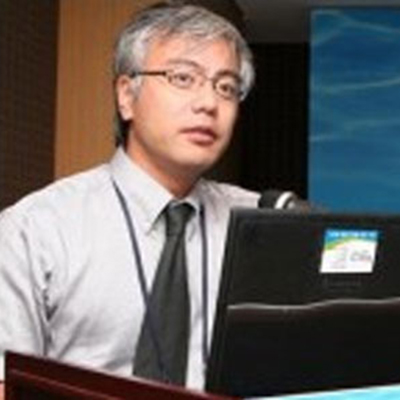Mitsutaku Makino
About
 Mitsutaku Makino, M.Phil. (Cambridge), M.A., Ph.D.(Kyoto), is the Head of Fisheries Management Group of the Fisheries Research Agency, Japan. He is specializing in the fisheries and marine policy analysis. He is the Co-Chair of PICES Section on Human Dimensions (PICES S-HD) and member of many other international scholarly programs such as IUCN Fisheries Expert Group (IUCN-FEG), IMBER Human Dimensions Working Group (IMBER HD-WG), Editorial Board of ICES Journal of Marine Sciences, etc..
Mitsutaku Makino, M.Phil. (Cambridge), M.A., Ph.D.(Kyoto), is the Head of Fisheries Management Group of the Fisheries Research Agency, Japan. He is specializing in the fisheries and marine policy analysis. He is the Co-Chair of PICES Section on Human Dimensions (PICES S-HD) and member of many other international scholarly programs such as IUCN Fisheries Expert Group (IUCN-FEG), IMBER Human Dimensions Working Group (IMBER HD-WG), Editorial Board of ICES Journal of Marine Sciences, etc..
Place
Japan is located in the temperate zone of the north western Pacific. The Japanese archipelago extends for more than 3,000 km with a coastline of 29,751km, along the full range from subarctic to tropical marine ecosystems. It includes five LMEs: East China Sea, Kuroshio Current, Sea of Japan, Oyashio Current, and Sea of Okhotsk. Because of this variety in types of ecological systems, its marine biodiversity is high. 31 species and 12 families constitute 90% of total landings. The land area is mostly rugged and mountainous, and only about 11.6 % is arable. All the major cities are in the coastal area (Tokyo, Yokohama, Osaka, Nagoya, etc.)
Comparison of Ecosystem-based management between ecosystems:
As described in 2., Japan has wide-ranging ecosystems under the same legal framework. So, I will compare the ecosystem-based managements and the roles of local people in the Shiretoko World Natural Heritage (Sub-arctic) and Sekisei Coral reef (Tropical).
Key Publications
- Makino M. (2011) Fisheries Management in Japan: its institutional features and case studies (Fish and Fisheries Series Vol.34), Springer.
- Makino M, Sakurai Y (2012) Adaptation to climate change effects on fisheries in the Shiretoko World Natural Heritage area, Japan. ICES Journal of Marine Science, 69: 1134-1140.
- Makino M, Matsuda H (2011) Ecosystem-based management in the Asia-Pacific region, In (Ommar RE, Perry RI, Cochrane K, and Cury P. Ed.s) World Fisheries: A Social-Ecological Analysis, Wiley-Blackwells, 322-333.
- Makino M, Matsuda H, Sakurai Y (2009) Expanding Fisheries Co-management to Ecosystem-based management: A case in the Shiretoko World Natural Heritage, Japan, Marine Policy, 33: 207-214.


